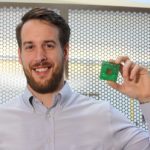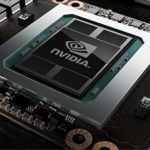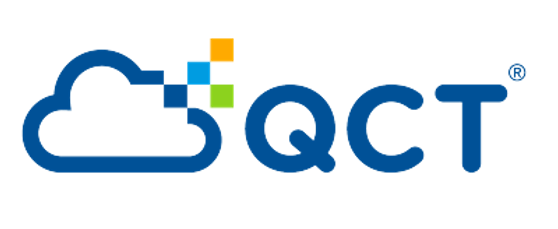Micron has acquired FWDNXT, a machine learning software and hardware startup that spun out of Purdue. Micron is integrating FWDNXT’s artificial intelligence hardware and software technology with its advanced memory to explore deep learning solutions for data analytics, particularly in IoT and edge computing. “Purdue provided the entrepreneurial resources to help me achieve my vision of taking our work on machine learning and deep learning technology to a much wider audience where we can have a bigger impact,” said Eugenio Culurciello, Micron fellow and chief machine learning architect.
Purdue University to open Scalable Open Laboratory for Cyber Experimentation
Purdue University’s CERIAS Center for Education and Research in Information Assurance and Security has announced the addition of a new laboratory facility that dramatically increases Purdue’s cyber-physical research, emulation, and analysis capabilities. “This new laboratory is a mirror of the facilities already within Sandia National Labs that have served as the platform for joint CERIAS and DOE research since 2017,” said Theresa Mayer, executive vice president for research and partnerships at Purdue University. “The opening of SOL4CE at Purdue allows us to increase both the speed and impact of our national security research collaboration with Sandia National Labs.”
Purdue Develops Intrachip Micro-cooling for HPC
“I think for the first time we have shown a proof of concept for embedded cooling for Department of Defense and potential commercial applications,” Garimella said. “This transformative approach has great promise for use in radar electronics, as well as in high-performance supercomputers. In this paper, we have demonstrated the technology and the unprecedented performance it provides.”
Jonathan Poggie from Purdue Wins DoD Computing Award
Associate Professor Jonathan Poggie and his team from Purdue have received a large research grant from the U.S. Department of Defense for supercomputing resources. The award enables science and technology research that would not be possible without extraordinary computer resources. “Poggie is the principal investigator for a new U.S. Department of Defense high-performance computing modernization program beginning in October, entitled “Prediction of Hypersonic Laminar-Turbulent Transition through Direct Numerical Simulation.” The project is focused on making conventional hypersonic wind tunnels more useful for vehicle design by helping designers work through the noise and turbulence present in the tunnels and allowing them to more accurately interpret the results of the wind tunnel tests.”
Purdue Adds New Resource for GPU-accelerated Research Computing
A new computing resource is available for Purdue researchers running applications that can take advantage of GPU accelerators. The system, known as Halstead-GPU, is a newly GPU-equipped portion of Halstead, Purdue’s newest community cluster research supercomputer. Halstead-GPU nodes consist of two 10-core Intel Xeon E5 CPUs per node, 256 GB of RAM, EDR Infiniband interconnects and two NVIDIA Tesla P100 GPUs. The GPU nodes have the same high-speed scratch storage as the main Halstead cluster.
How Extreme Energy Jets Escape a Black Hole
Researchers are using XSEDE supercomputers to better understand the forces at work at the center of the Milky Way galaxy. The work could reveal how instabilities develop in extreme energy releases from black holes. “While nothing – not even light – can escape a black hole’s interior, the jets somehow manage to draw their energy from the black hole.”
DDN Solid State Storage Cache Speeds Research at Purdue
Today DDN announced that Purdue University has deployed DDN’s SFA high-performance storage to accelerate the delivery of research results for up to 1,000 researchers working on several hundred concurrent projects.
Why Purdue Has Been with Student Cluster Competitions from the Start
In this video, Purdue’s Dr. Gerry McCartney talks with Dan Olds about the University’s participation in the Student Cluster Competitions. “We want to make this commitment to our students. They enjoy it. We enjoy having them represent us. The departments feel good about it, and we get a little help from the vendors as well. Between all of those contributions, this turns out to be a great experience for us.”
Purdue to Build Rice Supercomputer in a Single Day
Today Purdue University announced that staff and volunteers will build it’s newest HPC cluster in a single day. The “Install Day” event will take place May 8.











